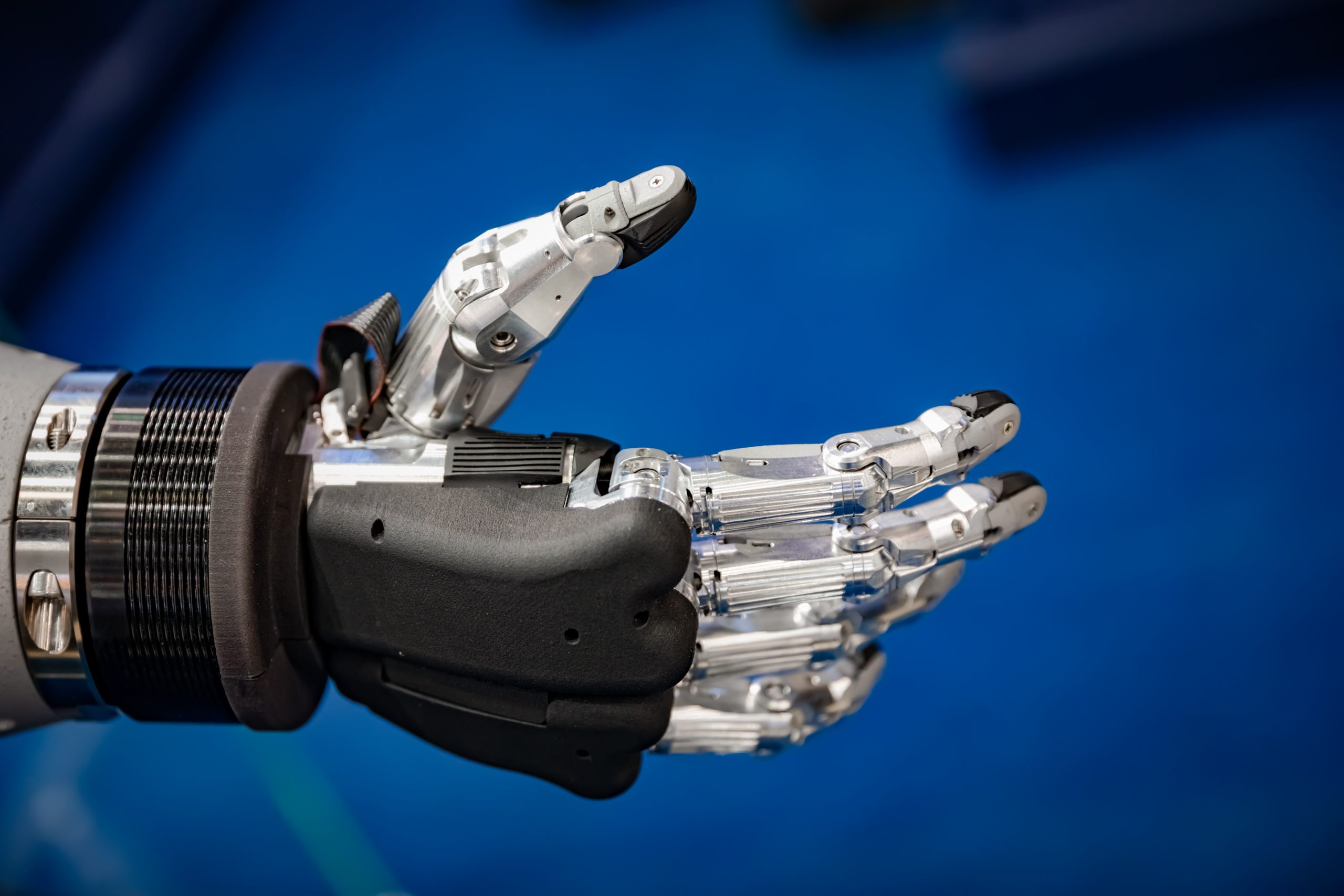Waste & material traceability solution for sustainable facilities

There exist certain technologies for solid waste management and treatment. As is well known, the most effective way to handle waste is by building an integrated system comprising high tech, the waste management industry, and the public sector. Navigant Research states the market for smart municipal solid waste technology will reach $6.5 billion in 2023. Integrating related businesses can develop new motivations to boost the value generated as well as lead to the growth of recovered products markets.
Accordingly, it is crucial to penetrate the contribution of waste management innovations. Brand new solutions and improved methods reform the processes in the right direction. Keep reading if you are curious about the emerging technologies in waste management for a better world!
Generating actual power from waste is one of the major innovations in the waste management industry. This role of technology in waste management aims to convert waste into energy in landfills. Digesters produce the biogas from different sorts of waste, such as food, agriculture, etc., and transform that into the energy utilized on-site. Thus, energy recovery, an important waste management move for the circular economy transition, occures.
It is important to mention thermal energy conversion within the waste-to-energy plant business plan. Waste-to-energy technology is based on the change in heat and pressure. It works well to turn waste into chemicals, fertilizers, oils, etc. Aside from that, the microturbines, burning waste gas to create power and heat, have already become a substitute for traditional methods with advanced landfill technology.
Today, a great number of prominent firms reap the benefits of SaaS (Software-as-a-Service), offering advanced digitized platforms for the most efficient waste management process. These platforms facilitate waste management software solutions to cope with industrial challenges and amplify performance.
Though several solutions are provided by smart waste management software, the most crucial ones are as follows:
While talking about innovation, we cannot skip the robotic technology that has become the top trend in recent decades. After the import of recycling waste products was restricted by China in 2018, western companies expedited their innovative steps to integrate robotic technology with a better processing capability.
Furthermore, researchers in numerous companies and universities highlight a more than $6 billion environmental service gap in the recycling technologies and indicate robotic technology is a potential solution to fill this gap. All these institutions strive to develop more AI-enabled robotics that can assist in:
Currently, several companies produce robotic solutions for recycling efforts. As stated by the producer firms, the investments are mainly focused on improving the quality of shipped secondary commodities and reducing labor costs on the sorting line.
Waste management technologies are one of the best examples of industrial internet of things (IoT) applications. So what does IoT mean for waste management? The leverage of IoT and cloud computing technology provide high-tech sensors and enable waste management companies to optimize hauling routes. Throughout the process, haulers identify full waste containers’ locations and collection times. To summarize, IoT aims to boost efficiency and save money by reducing unnecessary pickups.

The GPS monitoring system is a great innovation like sensors. As data is the key in today’s world, waste companies utilize computer algorithms to collect information of the most efficient routes based on distance and traffic patterns. All areas, including residential routes, industrial waste pickup, construction containers, and smart bins, can seize the opportunity of merging with such an innovative tool.
The search to reuse the waste in a productive manner has been markedly increasing for sustainability. Companies aim to reduce waste of raw material by extracting plastics and cellulose fiber. For this, autoclave sterilization technology is essential because autoclaves are used as heat treatment processing units to destroy microorganisms before disposal. The main purpose of all this effort is to make a contribution to sustainable development and the circular economy solutions, which are vitally important for the future of the planet.
It’s still in the development phase, but autonomous waste pickup is close to being implemented. As known, Volvo has been working on this technology for many years with Uber for a self driving pickup truck. This system targets a truck maneuvering itself while the operator gets out to collect the garbage. Gear changing, steering, and speed are also optimized for low fuel consumption and emissions.
“Our self-driving refuse truck is leading the way in this field globally, and one of several exciting autonomous innovations we are working with right now” explains Lars Stenqvist, Chief Technology Officer, Volvo Group. Additionally, Stenqvist states this new technology provides benefits for a reduction in the risk of occupational injuries.
Robotic wheeled trash containers that roll out on their own at the push of a button are an example of the most significant innovations. This innovation in solid waste management is beneficial for those with limited mobility and motor skills.
Another innovation for waste management is motorized garbage bins with wheels that take themselves to the curb. They were programmed to travel from a docking station at a person’s residence to a second docking station at the curb. The innovators also add a function to schedule the time and day of the neighborhood’s trash pickup.
Evreka leads innovative waste management solutions as well as follows the latest technological inventions in the industry. If you’re interested in how technology shapes the efficiency level of waste management processes, you can take a look at our smart solution family.